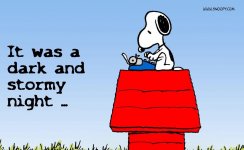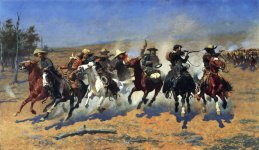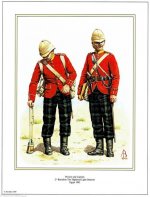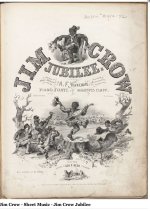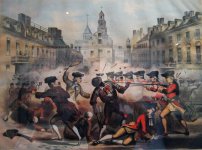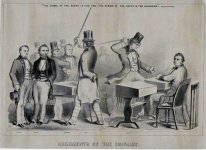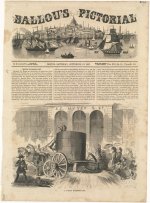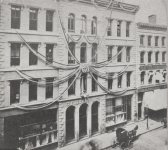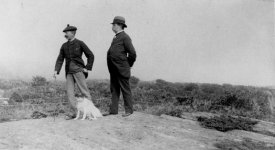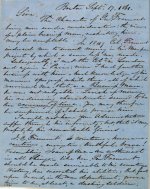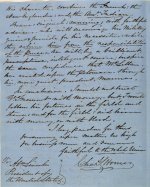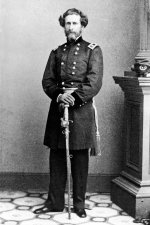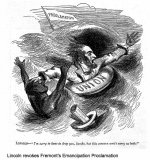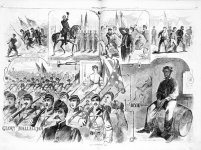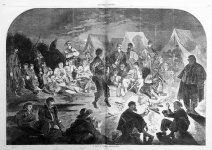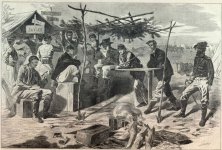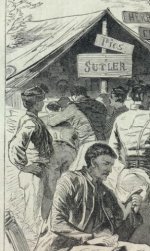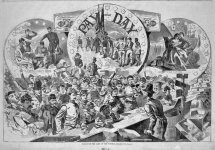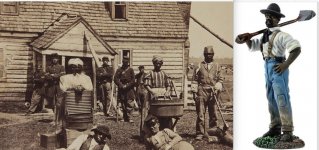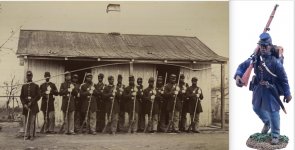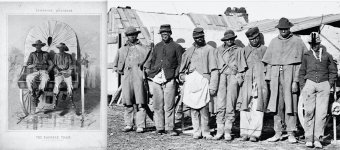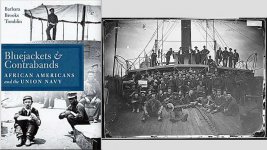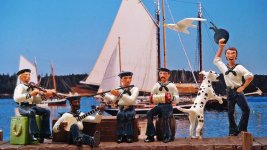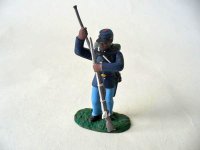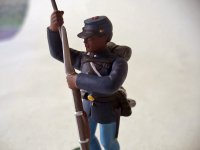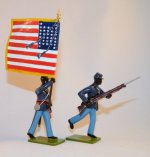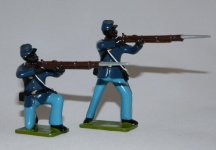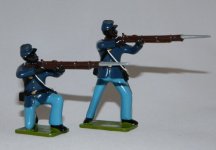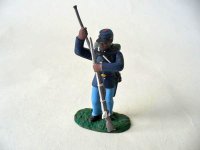Part 14D Homer's 1860 Trilogy of Freedom: From Butler's Contrabands to Lincoln's Freedmen
"A Piece of the Pie" Contrabands to Freedmen:
When Winslow Homer arrived in the Fall of 1861 as a Special Artist for Harper’s in Virginia with the purpose of being attached to the Army of the Potomac, among the first subjects that he recorded were the so-called “Contrabands”. These were slaves who had fled their masters and sought asylum with Union forces. The designation of contraband was given to them by General Benjamin Butler to legally deal with the large number of runaway slaves who arrived at Fortress Monroe beginning in May of 1861. The former masters of a some of these slaves requested their return as runaway slaves subject to the Fugitive Slave Act of 1850. Butler, an attorney by training, refused, replying that since they had been working for the Confederates they should be considered contraband or property forbidden to the enemy. Ironically, the South had already established the idea that their slaves were regarded as property, bought and paid for at the numerous slave auctions during the Antebellum era.
In November of 1861, a month after he had arrived in Virginia, Homer prominently included a contraband in "The Songs of the War" (Harper's Weekly , November 23, 1861). Homer has placed him in the lower right-hand corner to represent the song "Dixie." He is seated atop a barrel marked on one end with the word "contraband". In the background on his left is the image of a slave carrying a bale of cotton, the "white gold" of the Southern economy. Homer has portrayed the contraband in a realistic non stereotypical way. During the war years, Homer's portrayal of African Americans would vary between stereotype and realism, a trend seen throughout the art and illustration of the period.
"A Bivouac Fire on the Potomac" (Harper's Weekly, December 21, 1861) which shows a young contraband accompanied by a black fiddler entertaining a group of officers and soldiers in a Union camp, combines both types of representations of African Americans: the dancer is a very realistic rendering of appearance and movement, while the fiddler's face reverts back to caricature or stereotype, in this case adopting the imagery of blackface minstrelsy which Homer would have seen on sheet music covers while working at Bufford's. The American public even in the abolitionist North was used to this kind imagery.
Camp scenes became a favorite subject for Winslow Homer during the war. The young Contraband dancer appeared again in one of these: "Thanksgiving in Camp" (Harper's Weekly November 29, 1862). The presence of an African American in this scene of a national holiday has important symbolic significance. A group of Union soldiers are sitting or standing outside a sutler's tent enjoying cider, dried herring and pies. The contraband is on the left side of the composition looking toward the sign that says PIES, suggesting that he too wants a piece of the pie known as the American Dream. It had been long overdue.
This interpretation is supported by Homer's later wood engraving "Pay-day in the Army of the Potomac" (Harper's Weekly February 28, 1863). Here Union soldiers are lined up in front of a counter staffed by a paymaster who bears a strong resemblance to Abraham Lincoln. At the front of the line is a caricatured African American looking at the Lincolnesque paymaster who is clutching a fist of paper currency. Behind the latter on his right is a box of fresh pies. In the 1970s--80s television show, The Jeffersons, about an affluent African American couple living in New York City, the program's theme song "Movin' On Up" includes the line "We finally got a piece of the pie.” Lincoln’s Emancipation Proclamation had gone into effect on January 1,1863. Homer’s African American in “Payday” represents one of the Freedmen now seeking his fair share of the American Dream. It was long overdue.
Illustrations: (All Prints by Winslow Homer)
1."The Songs of the War" (Harper's Weekly , November 23, 1861)
2."A Bivouac Fire on the Potomac" (Harper's Weekly, December 21, 1861)
3."Thanksgiving in Camp" (Harper's Weekly November 29, 1862)
4.Detail of "Thanksgiving in Camp”
5."Pay-day in the Army of the Potomac" (Harper's Weekly February 28, 1863)
Coming Next: Part 2 of Homer’s 1860 Trilogy of Freedom: Giuseppe Garibaldi


